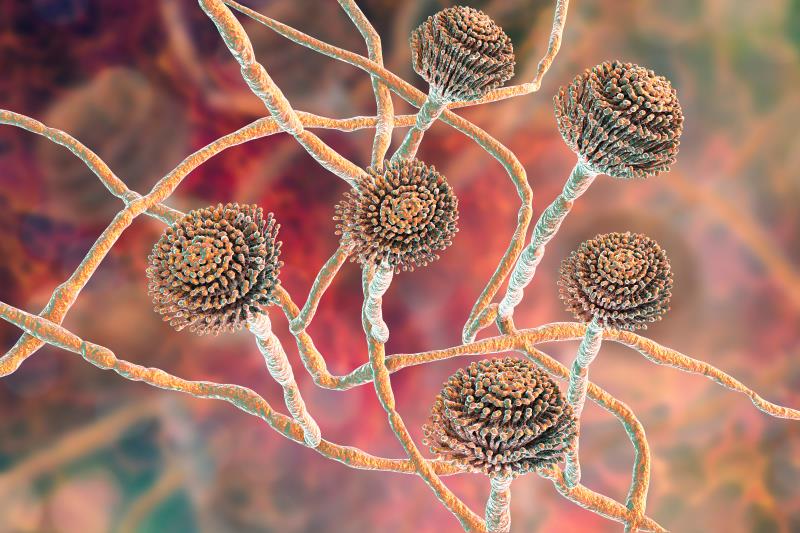
Prophylactic treatment with caspofungin may reduce the incidence of invasive fungal disease (IFD) in children, adolescents, and young adults (AYAs) with acute myeloid leukaemia (AML) compared with fluconazole, according to a recent study.
“Caspofungin has been extensively studied in children and approved for use in patients as young as 3 months of age, making it an ideal candidate for antifungal prophylaxis for paediatric patients,” said the researchers.
This phase III, open-label, multicentre trial analysed 508 young patients with AML (median age 9 years, 44 percent female) from 115 institutions in the US and Canada. Participants were randomized to receive either intravenous caspofungin (70 mg/m2 on day 1, followed by 50 mg/m2 per day; n=253) or intravenous or oral fluconazole (12 mg/kg [for patients aged 3 months to 17.99 years] or 6 mg/kg [for those aged 18–30 years] per day; n=255) during the neutropenic period subsequent to each chemotherapy cycle. [JAMA 2019;322:1673-1681]
A total of 23 proven or probable IFD events, particularly 7 yeasts, 14 moulds, and 2 fungi, were observed in the caspofungin and the fluconazole groups (6 vs 17 events).
A significantly lower cumulative incidence of proven or probable IFD was observed among patients treated with caspofungin compared with fluconazole at 5 months (3.1 percent vs 7.2 percent; hazard ratio [HR], 0.37, 95 percent confidence interval [CI], 0.15–0.94; log-rank p=0.03).
Patients who received caspofungin also showed a significantly lower cumulative incidence of proven or probable invasive aspergillosis than those who had fluconazole (0.5 percent vs 3.1 percent; HR, 0.16, 95 percent CI, 0.02–1.27; log-rank p=0.046).
However, both the caspofungin and fluconazole groups showed no significant difference in the cumulative incidence of need for empirical antifungal therapy (71.9 percent vs 69.5 percent; HR, 0.97, 95 percent CI, 0.78–1.21; log-rank p=0.78) and overall survival at 2 years (68.8 percent vs 70.8 percent; HR, 1.08, 95 percent CI, 0.78–1.49; log-rank p=0.66).
In a post hoc analysis, those treated with caspofungin vs fluconazole also showed similar cumulative incidence of proven, probable, or possible IFD at 5 months (19.9 percent vs 18.9 percent; HR, 0.80, 95 percent CI, 0.52–1.25; log-rank p=0.33).
Hypokalaemia (22 vs 13 events), respiratory failure (6 vs 9 events), and elevated alanine transaminase (4 vs 8 events) were the most common toxicities reported in the caspofungin and fluconazole treatment arms, respectively.
“The observed risk reduction in IFD associated with caspofungin in this study was similar to that of [a previous study on] posaconazole prophylaxis [when compared with fluconazole or itraconazole] in a randomized trial of adolescents and adults with AML,” the researchers said. [N Engl J Med 2007;356:348-359] “[However,] there remain continued challenges in establishing a paediatric posaconazole dose that can reliably achieve pharmacokinetic targets”.
“[Our] findings [also] suggest that caspofungin may be considered for prophylaxis against IFD, although study interpretation is limited by early termination due to an unplanned interim analysis that appeared to have suggested futility,” they noted. “[Nevertheless,] the major strength of this study is that it is a large, multicentre, randomized clinical trial that answers a clinically important question in paediatric cancer supportive care.”